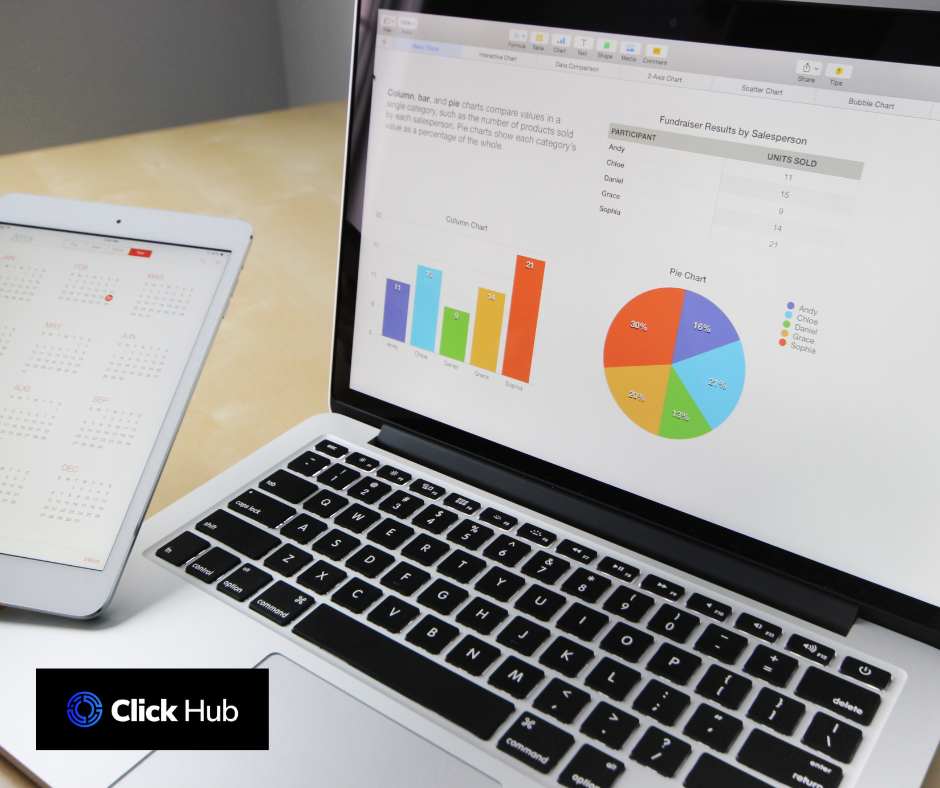Live listening?
Streaming is a technology that allows you to play audio files (including music, webinars, podcasts), videos, and other media without downloading files to your device. Internet streaming allows instant playback of content in excellent quality. However, for this to be possible, the user must have the right equipment and high-speed internet access.
The main idea behind streaming was to provide different types of content to as many users as possible, who could access it via a computer or any mobile device with internet access. Although streaming was originally used for radio broadcasts, concerts and films, it has evolved over the years to guarantee top-quality content.
Streaming these days has become the norm. More and more users are abandoning traditional media in favour of streaming services such as Netflix, HBO Max and Spotify. Each of these platforms has one idea in mind, to provide millions of users with fast and convenient access to a variety of content, without the need to download files to the device, thus saving device memory.

A twisted history
One of the first online music services was the Internet Underground Music Archive, which, as befits a forerunner, allowed artists the option of sharing recordings via the web. However, the system did not allow online music playback. Users wishing to listen to their favourite audio content had to download the .mp3 file to their device and then, using dedicated software, could listen to the content. However, we did not have to wait long for further developments.
Back in the 1990s, the first attempts to create streaming technologies began. Back then, internet radio stations won hearts by guaranteeing access to your favourite music at a decent level. In January 2002, the last.fm website, which combined Internet radio with elements of the social network, gained popularity. Users recommended artists to each other, which further boosted the artists' popularity. Interestingly, at its peak, last.fm had 30 million users, a huge number for the time.
The further development of the internet, including the increase in data speeds, has meant that streaming has started to gain popularity, which has not gone unnoticed by the phonographic market. The possibility of almost unlimited access to favourite songs has led to a noticeable decline in record sales. At the time, Apple decided to set up the first iTunes Store, through which users could legally buy music files from their favourite artists.
In 2006, two Swedes took it a step further by creating the top-ranked streaming platform Spotify today. It was necessary to wait for the creation of another such a breakthrough platform for 9 years It was in 2015 that famous artist Jay-Z decided to create a platform with similar functionality - Tidal. Thanks to his links with Beyonce, he quickly gained popularity by giving users access to the artist's latest album 'Lemonade'.
Iconic examples
Spotify is now the largest streaming platform in the world, allowing users to play music, podcasts and audiobooks at a high level. As a pioneer in audio streaming, Spotify has amassed 489 active users on its platform. What draws particular attention is the possibility of personalisation. The platform, based on previously played music and audio files, creates individual playlists. For particularly discerning customers, there is a premium version that allows ad-free listening and downloading to the device.
Tidal is a streaming platform created by Jay-Z and dedicated specifically to hip-hop and R&B lovers. What is particularly noteworthy is that, in addition to access to music, Tidal also offers the possibility to play concerts and interviews with artists.
Until recently, Youtube was only associated with access to a variety of videos, shared by users from all over the world. However, this giant has not been indifferent to technological innovations, deciding to introduce the YouTube Music platform. Users who choose to create an account gain unlimited access to licensed audio files, without adverts.
Use of streaming - record labels
Streaming has become a great tool for promoting music and artists. Record labels around the world are using them to reach as wide an audience as possible, without having to physically distribute the discs. For both labels and artists themselves, streaming is now the main source of music revenue. By using the available platforms, labels can track playback statistics and listener preferences in real time, so they are able to assess audience preferences and better tailor their content to their needs.

Use of streaming – brand
The constant development of the Internet and social media makes it difficult to imagine a company that would achieve high financial results without audio and visual transmission. This is an excellent form of promotion which, through the use of modern technology, allows it to reach the widest possible audience. Webinar Academy training platform creates educational content that allows users to better understand an issue while promoting the brand.
While the main premise of streaming was to provide access to top-quality audio content, it is now also being used to promote and build the image of media companies and individuals. Their popularity continues to grow, paving new paths for development. There is no doubt that it is now one of the most important tools for music labels, brands and artists to reach a previously unreached audience.
